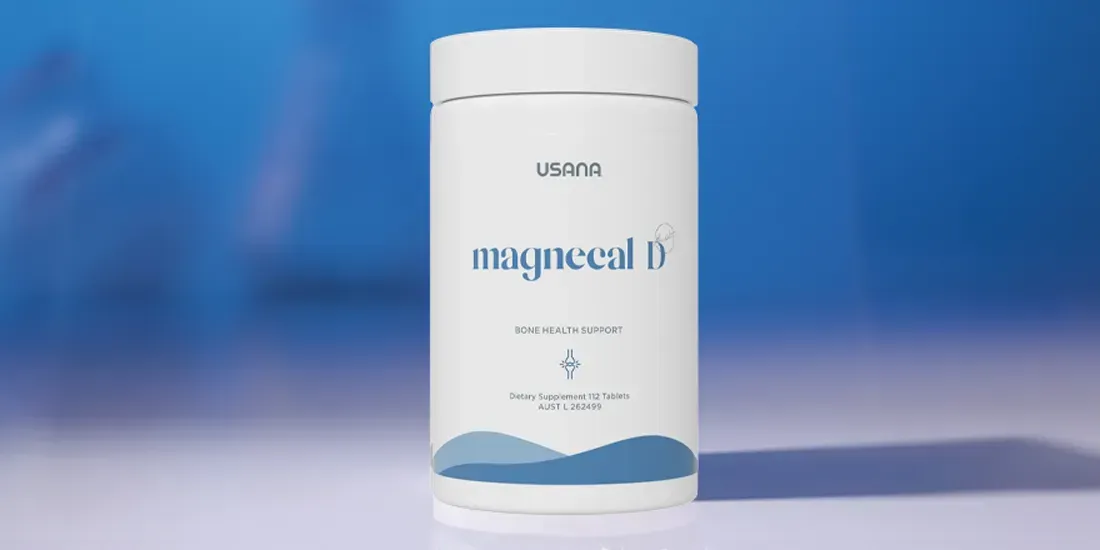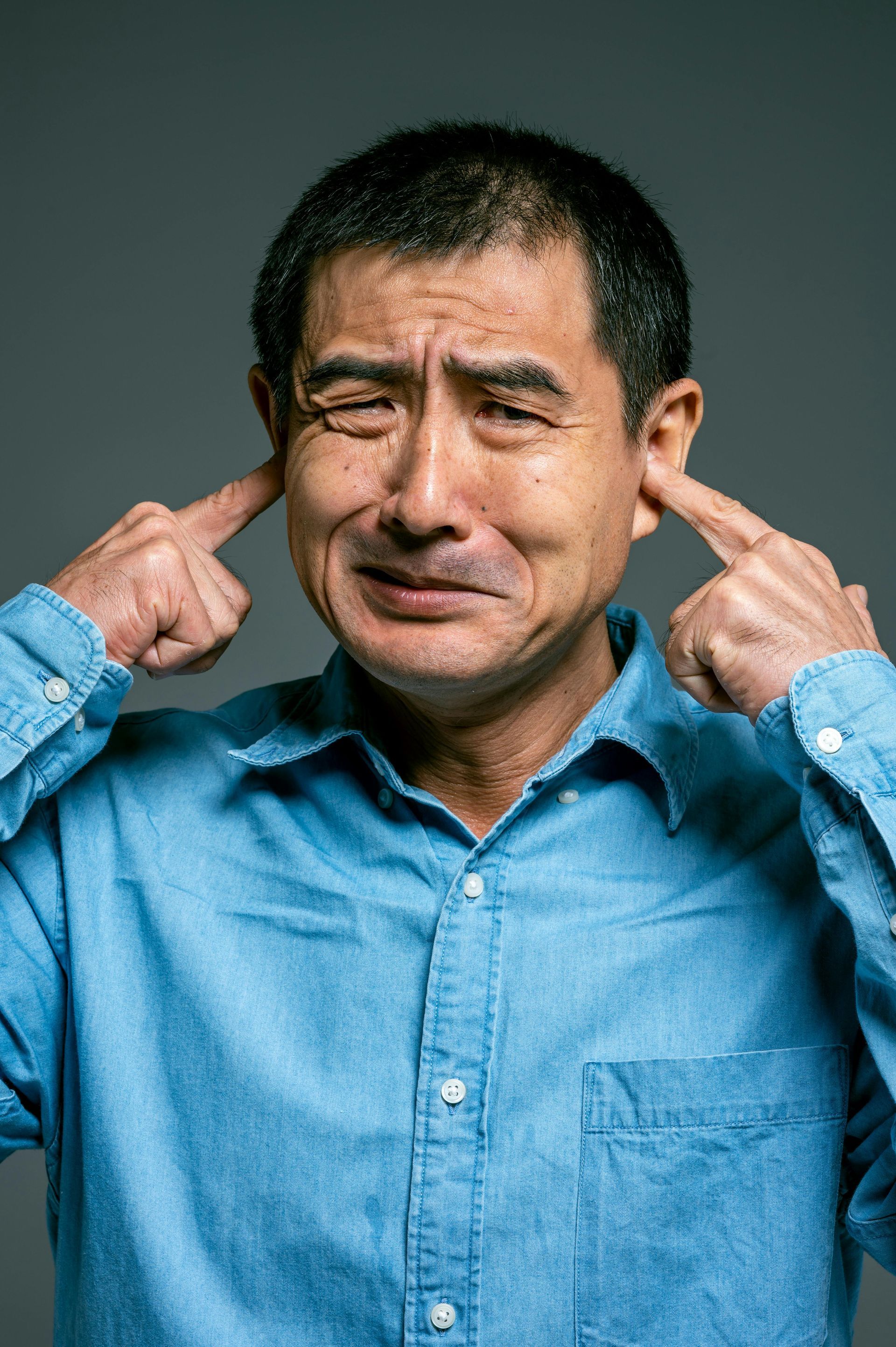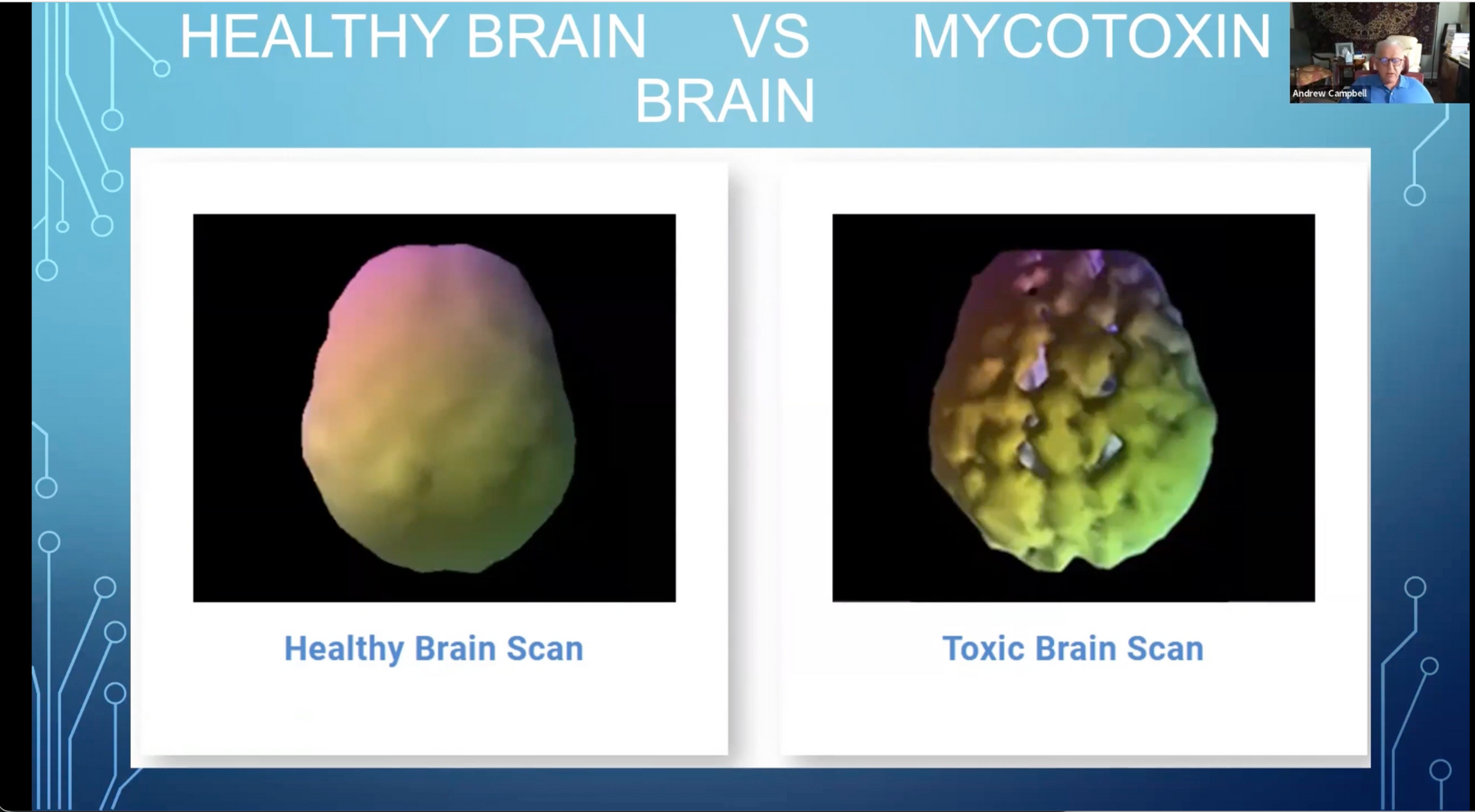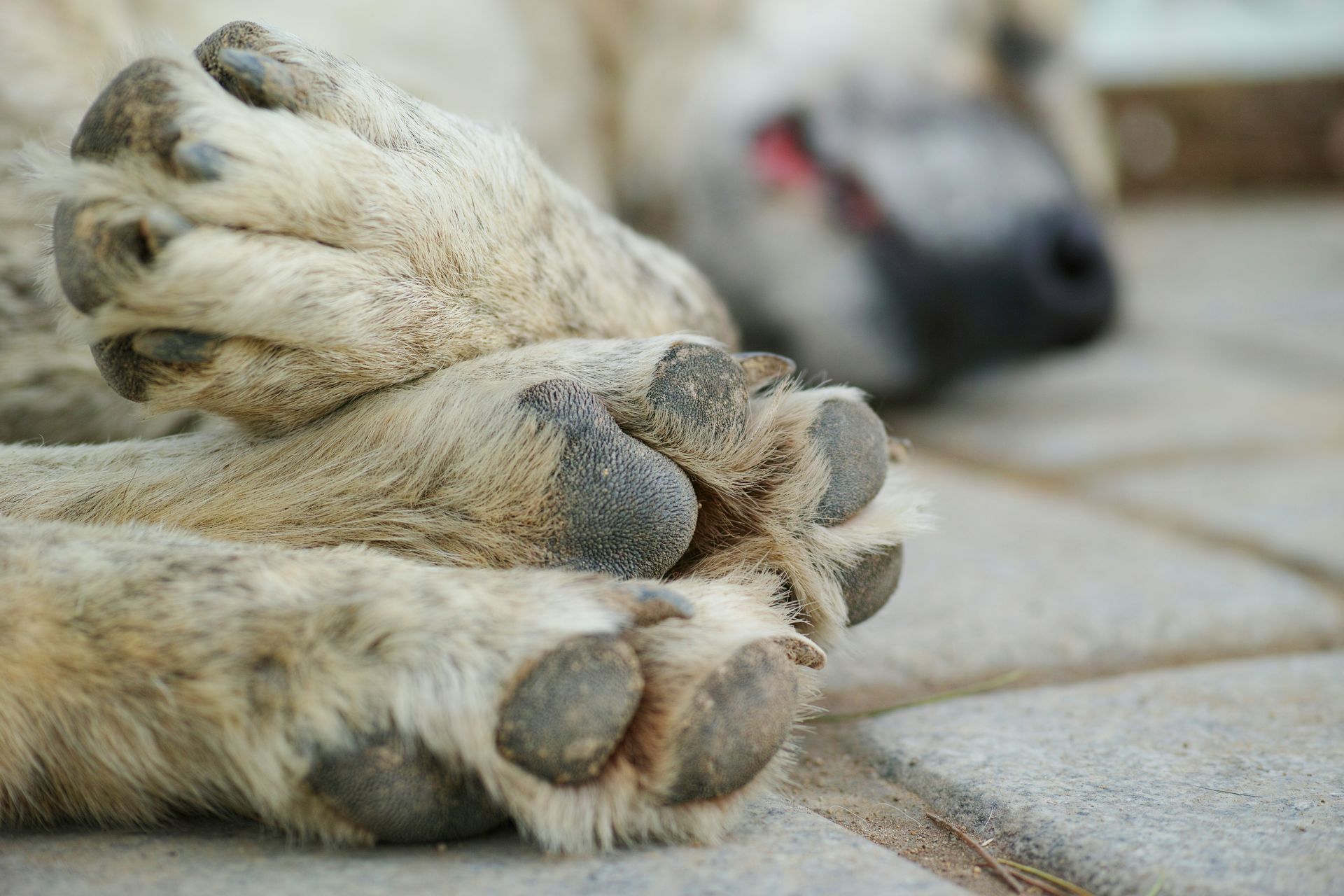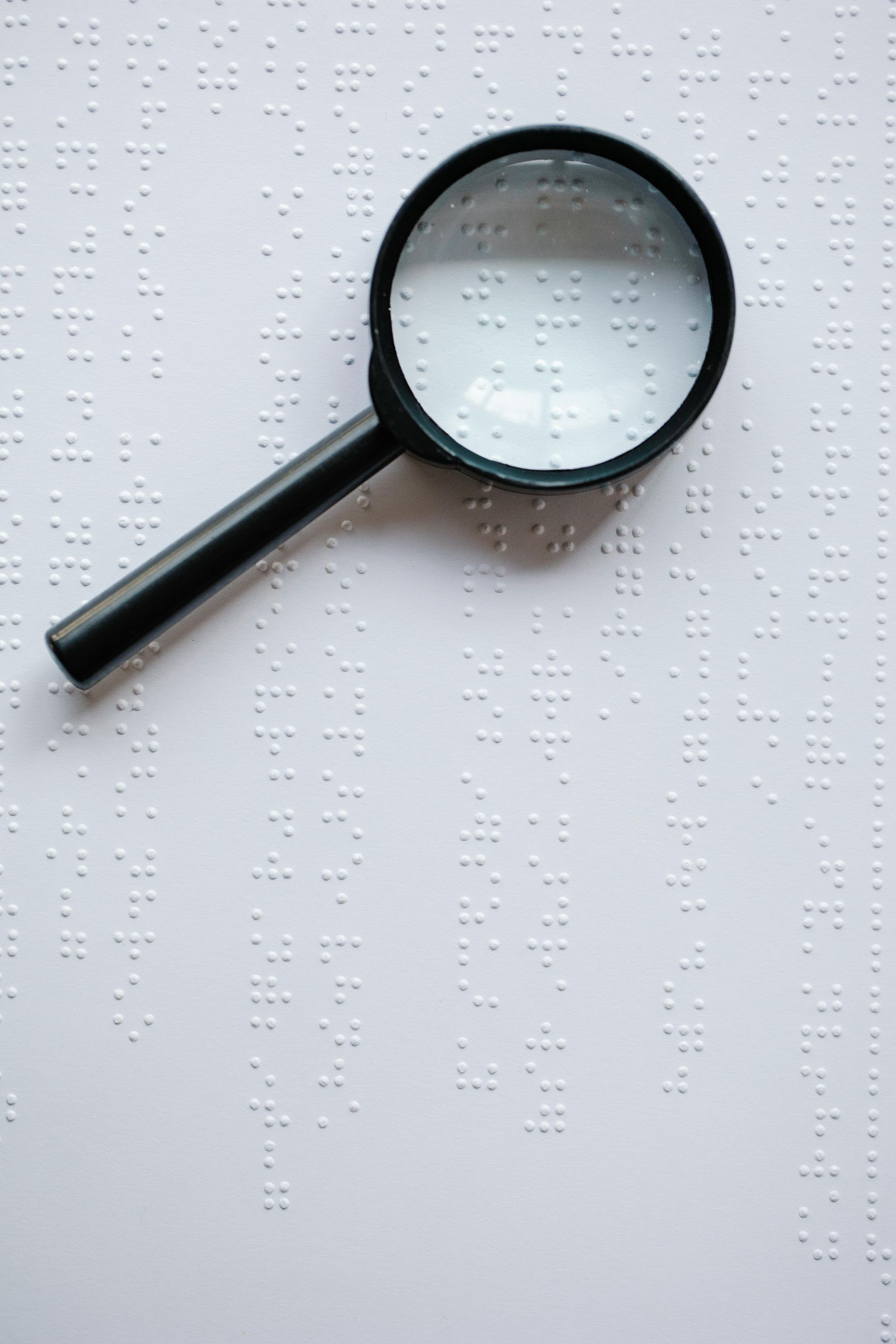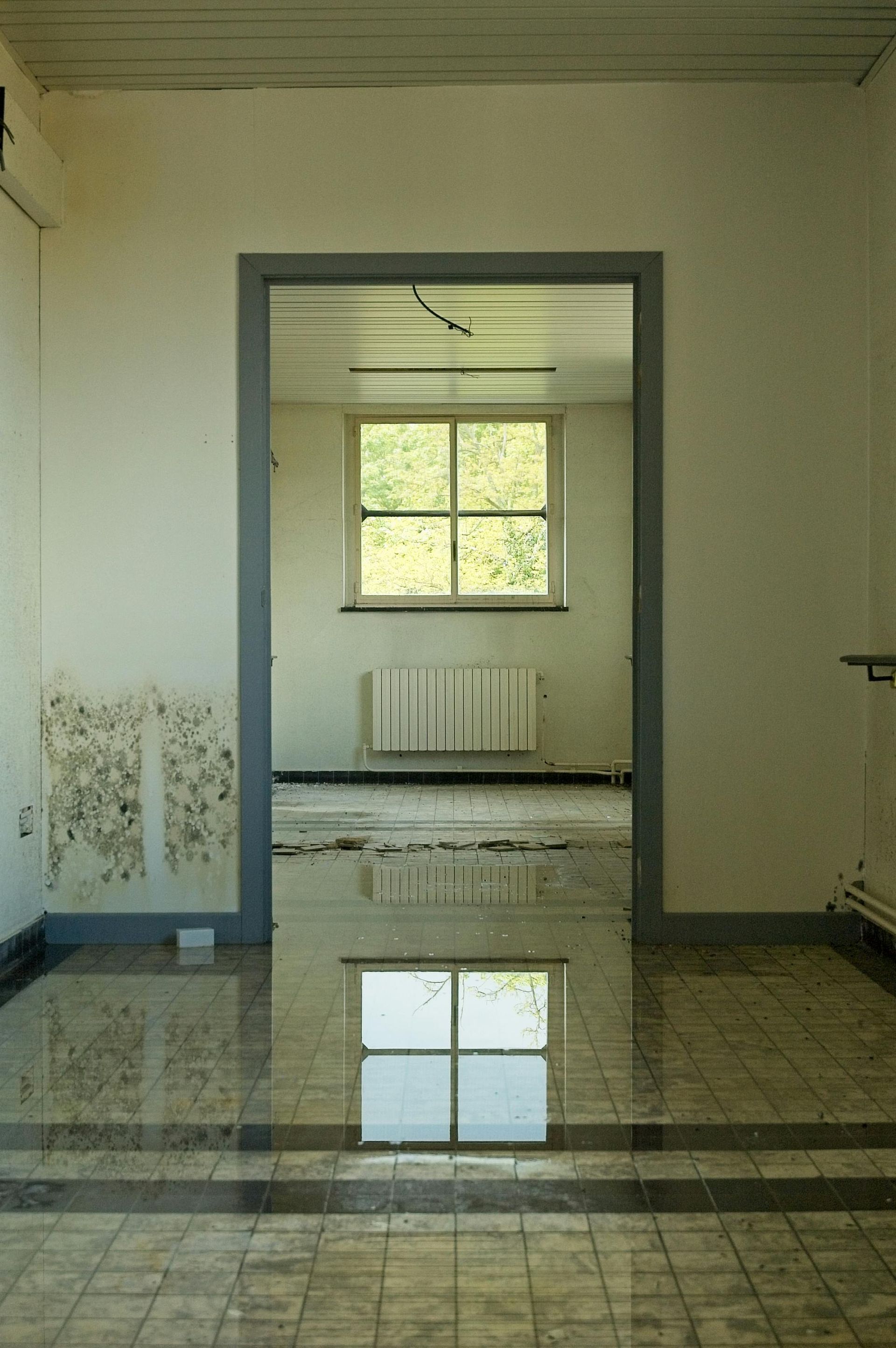Indoor Air Quality Expert on the Dangers of Mycotoxins to Your Pets
Mold is an organism that’s prevalent in the environment, and always looking for the opportunity to take root in your home and reproduce through its spores.
These spores can attach themselves to dust particles that are already in your air, says Indoor Air Quality Expert, Michael Rubino (popular blogger and podcaster, ‘Never Been Sicker’).
They then become part of your home’s natural dust.
“Now, let's think about this: A cat or a little puppy is very, very close to the floor where the dust obviously collects . . . so they’re more likely to inhale dust particles than actually you and I are.
“If your furry loved one is scratching and licking excessively, has nasal discharge, or labored breathing or any breathing difficulties at all, fur loss, lethargy, vomiting and diarrhoea, or on the increasingly serious end of the scale, tremors, seizures, or nose or mouth bleeding, these can be attributed to potential environmental exposure – and the first thing to suspect and investigate, is the likelihood of mold . . . after rushing your dog to your vet.”
Rubino provides extensive and detailed advice in this YouTube video on how to minimise your pet's risk related to mold exposure.

I'm a proud supporter of usana health supplements, your home for
Science-backed supplements.
